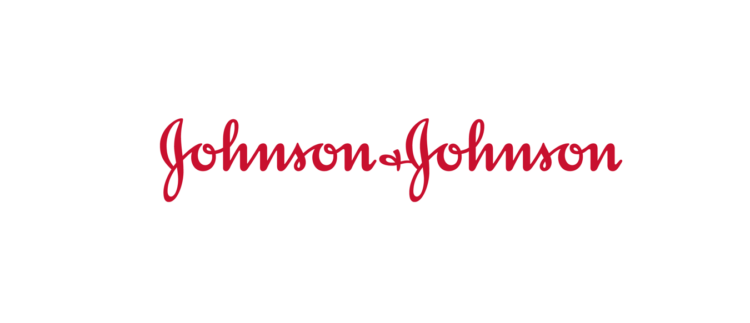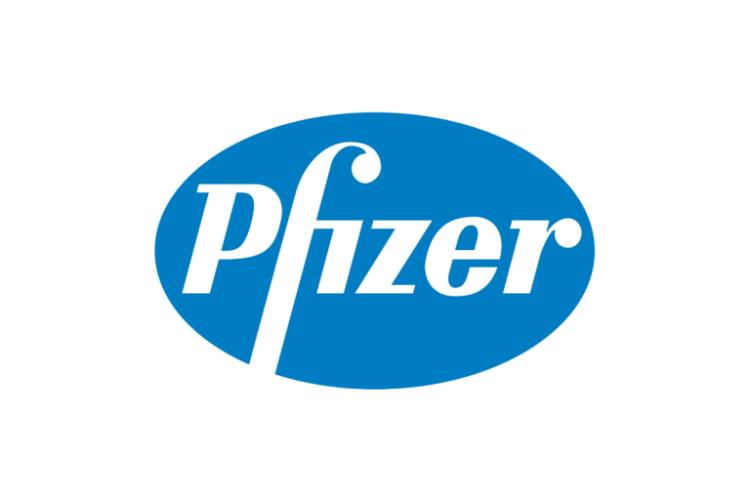The long development of Porter’s Five Forces Analysis has brought to the fact that those forces become the determinants of the industry’s competition. These five forces are treat of new entry, rivalry among existing firms, treat from substitute products, bargaining power of buyers, and bargaining power of suppliers. Furthermore, five forces analysis is treated by the organization to measure the level of competition, besides that, it is used as a strong first step in understanding how one industry compares to another and also to determine industry profitability because they influence the prices, costs, and required investment of firm in an industry.… Read the rest
Business Strategies
Five Approaches to Differentiation Strategy
In order to achieve competitive advantage against the competitors, corporations carry out the strategy to distinguish themselves from the competitors in aspects of product, service, image, and etc. The focus of differentiation strategy is to creative the product and service, which is considered to be unique and special by the industry and customers. The foundations of the implement of differentiation strategy are customer needs, competitors, products and services levels. There are many means to carry out differentiation strategy. Such as product differentiation, service differentiation and image differences and so on. By carrying out differentiation strategy, the brand loyalty of users will be cultivated successfully and the corporation can also avoid the direct confrontation of competitors.… Read the rest
Link Between Core Competency and Competitive Advantage
In order to explore the link between core competency and competitive advantage, it is crucial to understand the implications of both terms. Competitive advantage could imply exploitation of resources resulting in an organisation’s distinctive position compared to competition. While most firms view the attainment of competitive advantage as earning greater investment returns, it can comprise of various aspects, for instance, enhancing environmental impact or capturing a greater market share can be viewed as a source of competitive advantage for a particular firm. Porter (1985) defined competitive advantage as the value delivered by a firm’s products that exceeds costs of creating that value.… Read the rest
The Importance of Core Competencies in Strategy Formulation
Strategy allows an organisation to deliver its vision. To develop a deliberate strategy which could potentially increase the sustainability of an organisation clearly requires the identification of core competencies but often a single strategy is not the answer. Organisations require a headline strategy to fit a brief which resonates the vision but several strategies are required over many departments such as research and development, production and marketing to deliver the main strategy. The process of strategy development is complex and methodology depends on several factors including the availability of resources and the external environment. The first step in strategy development is the identification of core competencies then followed by the the process of leveraging resources so they can be exploited for maximum benefit.… Read the rest
Case Study: Johnson & Johnson Company Analysis
Founded in 1866 as a family business, Johnson & Johnson now has over 130,000 employees in 60 countries worldwide. What started off as a small, three-person business, the company has now expanded across the globe and was named a “2017 Fortune’s Most Admired Company”. One may wonder, how did brothers Robert, James, and Edward Johnson set the foundation for the next 130 years to come? This success can be attributed to Johnson & Johnson’s Strategic Framework, which is at the root of all decision-making. The company’s Strategic Framework is comprised of three main components: The Foundation, Strategic Principles, and Growth Drivers.… Read the rest
Case Study: Pfizer’s Strategy Analysis
Pfizer, Inc. has chosen the value creation alternative of differentiation. Differentiation forces Pfizer to increase costs, resulting in an increase in product price, and most importantly an increase in customer perceived value. Pfizer’s differentiation can be achieved by producing high-quality, innovative drugs which require extensive research and development as well as patent protection. For example, Pfizer spent approximately eight billion dollars on 100 research and development projects in 2018. Furthermore, Pfizer, Inc.’s business-level strategy is known as broad differentiation. This strategy enables Pfizer to serve a large market while still creating value through its differentiation.
A key tradeoff associated with a differentiation strategy, although creating a high perceived value of the brand, is the implementation of a high-cost structure.… Read the rest




